钢球磨煤机制粉系统特性试验研究
加量、钢球配比和煤质等,设计并安装了一套实验用钢球磨煤机制粉系统,并利用它进行实验,研究分析以上因素对钢球磨煤机的具体影响。发现了一些钢球磨煤机运行的新特点。这些特点是:通风温度的变化改变了空气比容和粘度,而这两者的变化改变了所产煤粉的细度,并对破碎能量在不同粒径的颗粒间的分配比例产生了重要影响,但对制粉出力影响不大;由于煤粉不同粒径颗粒含量相差很大,钢球磨煤机制粉出力并非随着风量的增加而持续增大。风量只有增加到某一程度,能够带动含量高的颗粒时,才会显著改变煤粉细度;不同大小的钢球对于煤粉的作用原理不同,大钢球主要对煤粉造成冲击作用,小钢球则主要产生研磨作用。因此不同大小钢球的合理配比对保证出...
相关推荐
-
公务员思想政治教育研究VIP免费
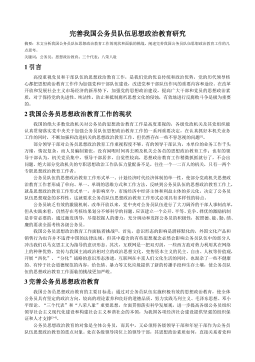
 2024-10-15 30
2024-10-15 30 -
在线社会网络中用户行为的实证分析与机制建模研究VIP免费
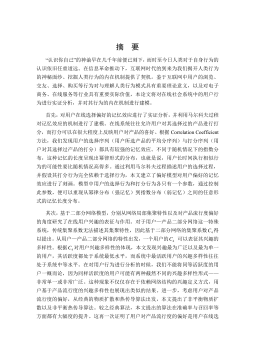
 2025-01-09 6
2025-01-09 6 -
智能优化方法对神经网络的改进及应用研究VIP免费
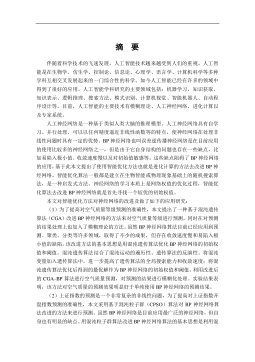
 2025-01-09 6
2025-01-09 6 -
鲜切哈密瓜保鲜技术研究VIP免费

 2025-01-09 8
2025-01-09 8 -
小城镇道路网级配方法及应用研究VIP免费
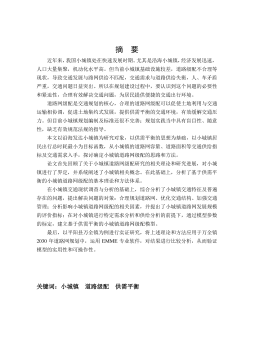
 2025-01-09 6
2025-01-09 6 -
医学信息集成测试系统的研究与实现VIP免费
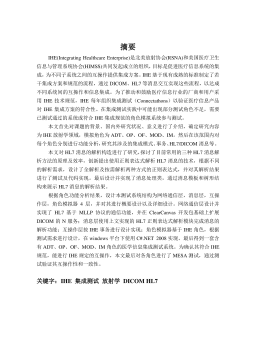
 2025-01-09 7
2025-01-09 7 -
余热驱动氨水吸收式制冷系统的理论及实验研究VIP免费
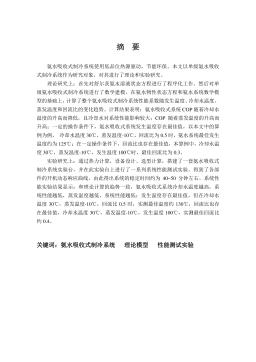
 2025-01-09 7
2025-01-09 7 -
喷雾降温技术适用性及热环境研究VIP免费
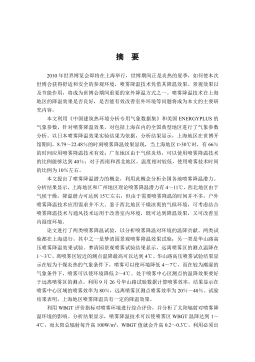
 2025-01-09 9
2025-01-09 9 -
收缩—扩张喷嘴的气泡雾化数值模拟VIP免费
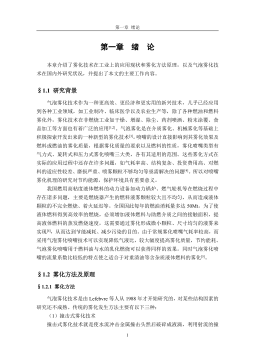
 2025-01-09 8
2025-01-09 8 -
支持供应链的工作流系统结构及其计划与调度的研究与应用VIP免费
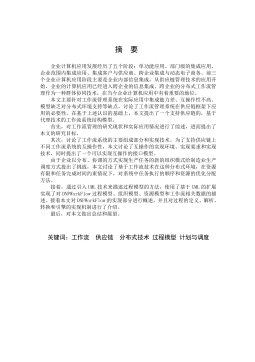
 2025-01-09 11
2025-01-09 11
相关内容
-

医学信息集成测试系统的研究与实现
分类:高等教育资料
时间:2025-01-09
标签:无
格式:PDF
价格:15 积分
-

余热驱动氨水吸收式制冷系统的理论及实验研究
分类:高等教育资料
时间:2025-01-09
标签:无
格式:PDF
价格:15 积分
-

喷雾降温技术适用性及热环境研究
分类:高等教育资料
时间:2025-01-09
标签:无
格式:PDF
价格:15 积分
-

收缩—扩张喷嘴的气泡雾化数值模拟
分类:高等教育资料
时间:2025-01-09
标签:无
格式:PDF
价格:15 积分
-

支持供应链的工作流系统结构及其计划与调度的研究与应用
分类:高等教育资料
时间:2025-01-09
标签:无
格式:PDF
价格:15 积分






